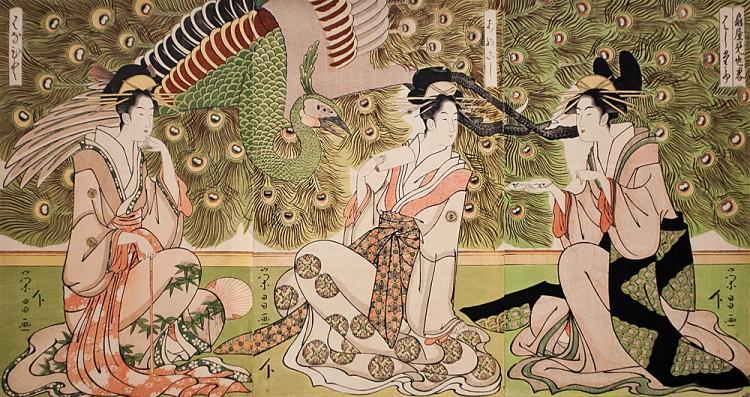NEW YORK—Woodcut prints, painted silk hangings, and a variety of rare and treasured artifacts were on display during the Japanese Art Dealers Association (JADA) Asia Week exhibition this week at the Ukrainian Institute of America. The exhibition brought together the collections of JADA’s five members: Sebastian Izzard LLC Asian Art, Erik Thomsen Asian Art, Leighton R. Longhi, Inc. Oriental Fine Art, Mika Gallery, and Koichi Yanagi Oriental Fine Arts.
The silk hangings of the Leighton R. Longhi, Inc. Oriental Fine Arts collection run through rural scenes of herb gatherers or fishing boats on a mountain stream.
Also in Longhi’s collection is a sandalwood Buddha with gold inlay from the Kamakura period in the 13th century. Longhi describes it as “beautiful and childlike.”
He said of Japanese art, that it has become such a presence in the world that everyone is touched by it.
“The most common prints are of the ‘Mona Lisa’ and Hokusai’s ‘Great Wave,’” said Longhi. “There are iconic images in the world and you can’t help running into them.”







